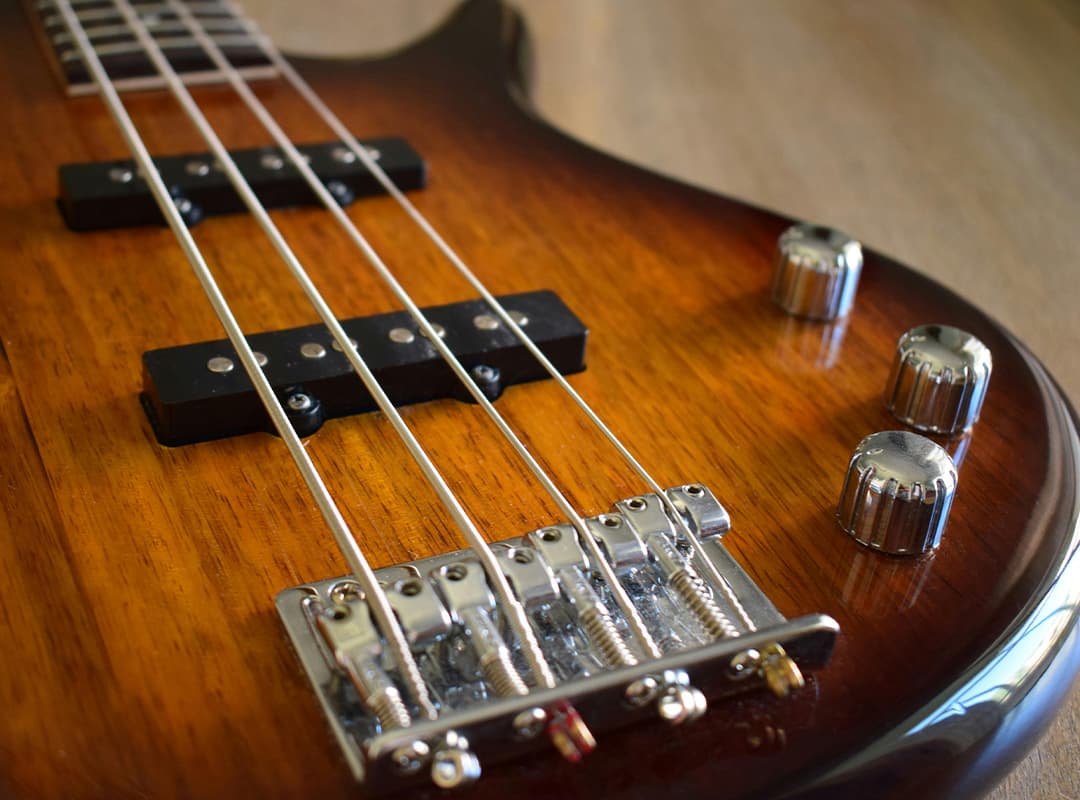Selecting the right strings for your guitar is essential for achieving the desired tone, playability, and overall musical experience. With a variety of options available, it can be overwhelming to make a choice. Here’s a guide to help you navigate the process and find the perfect strings for your instrument.
1. Understand String Types
Guitar strings come in several types, each offering different tonal qualities and playability:
- Nylon Strings: Typically used for classical and flamenco guitars, nylon strings provide a warm, mellow sound and are easier on the fingers.
- Steel Strings: Commonly used on acoustic and electric guitars, steel strings produce a brighter tone and are available in various gauges.
- Flatwound vs. Roundwound: Flatwound strings have a smooth surface, making them easier on the fingers and offering a warmer sound, while roundwound strings provide more brightness and sustain.
2. Consider String Gauge
The gauge (thickness) of the strings affects playability and tone:
- Light Gauge: Easier to play and bend, making them ideal for beginners or players who prioritize comfort. They produce a bright sound but may lack some volume.
- Medium Gauge: A balanced option that provides a good combination of playability and tone. They are versatile for various playing styles.
- Heavy Gauge: Offers more volume and sustain but can be harder to play. These are great for players looking for a fuller sound and are often preferred for drop tunings.
3. Choose the Right Material
Different materials impact the sound and feel of the strings:
- Bronze and Phosphor Bronze: Common for acoustic guitars, these materials produce a bright, clear sound.
- Nickel Wound: Typically used for electric guitars, nickel strings offer a warm tone with good sustain and playability.
- Stainless Steel: Known for their bright sound and resistance to corrosion, these strings are popular among rock and metal guitarists.
4. Experiment with Coated Strings
Coated strings have a protective layer that helps prevent corrosion and extends the life of the strings. They tend to have a smoother feel and a slightly different tone. If you’re looking for longevity and a consistent sound, coated strings might be worth considering.
5. Consider Your Playing Style
Your playing style can significantly influence your choice of strings. If you primarily play fingerstyle or soft strumming, lighter strings may be preferable. For aggressive strumming or heavy picking, you might want to opt for heavier gauge strings.
6. Try Different Brands
Different brands often produce strings with unique characteristics. Don’t hesitate to try various brands to find the one that suits your taste. Look for sets that have been highly rated or recommended by fellow musicians.
7. Pay Attention to Your Guitar Type
Ensure that the strings you choose are appropriate for your guitar type. For example, classical guitars should use nylon strings, while acoustic and electric guitars use steel strings.
8. Stay Informed and Inspired
Visiting places like the Minneapolis institute of art hours can provide inspiration for your musical journey. Art can influence your creativity and help you appreciate the beauty of music and craftsmanship, encouraging you to experiment with different string types and playing styles.
Choosing the right strings for your guitar is a personal decision that can greatly affect your sound and playing experience. By understanding the various types, materials, and gauges available, you can make an informed choice that enhances your musical expression. Happy playing!


